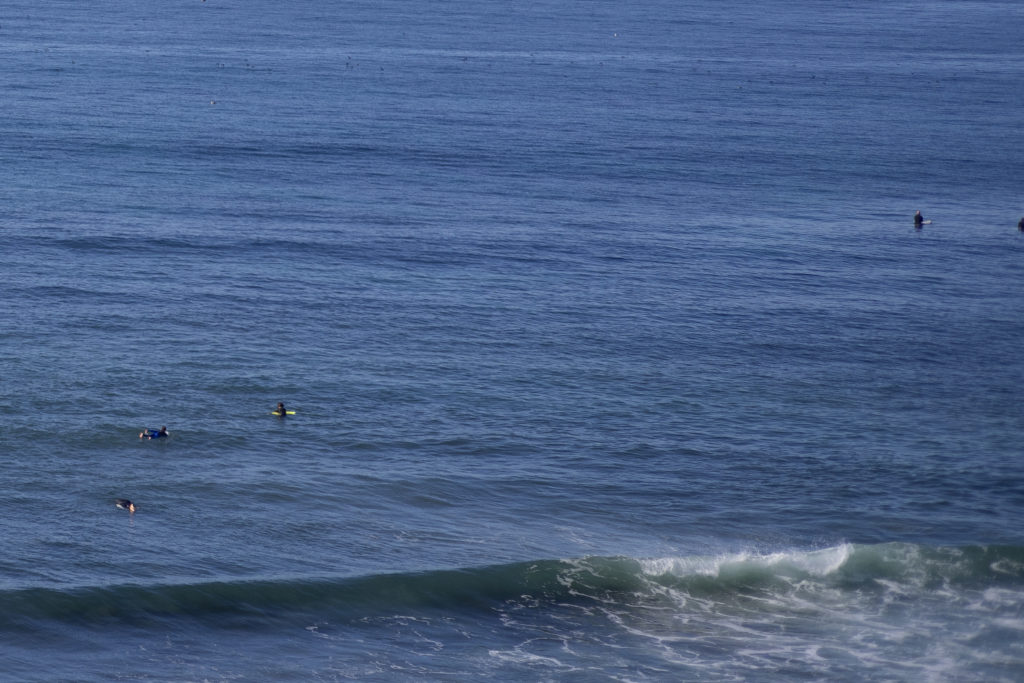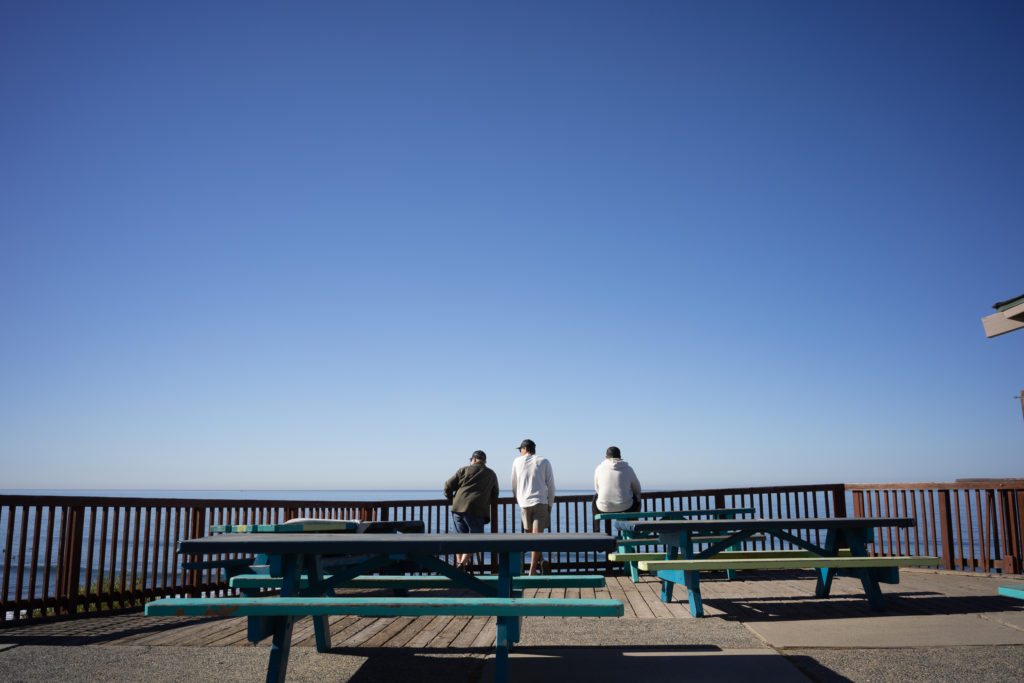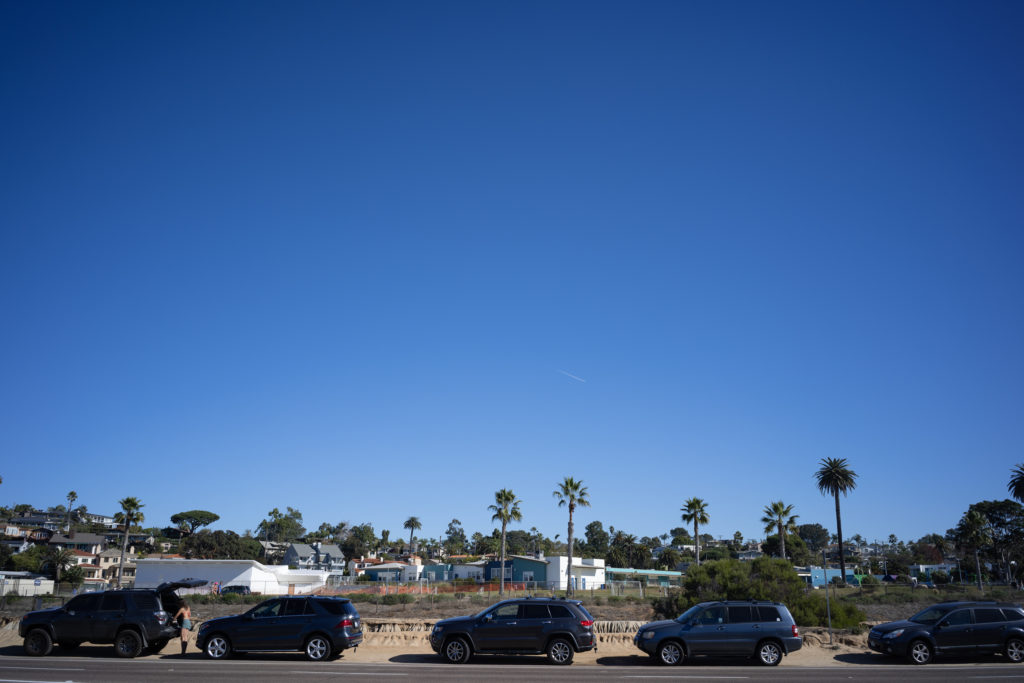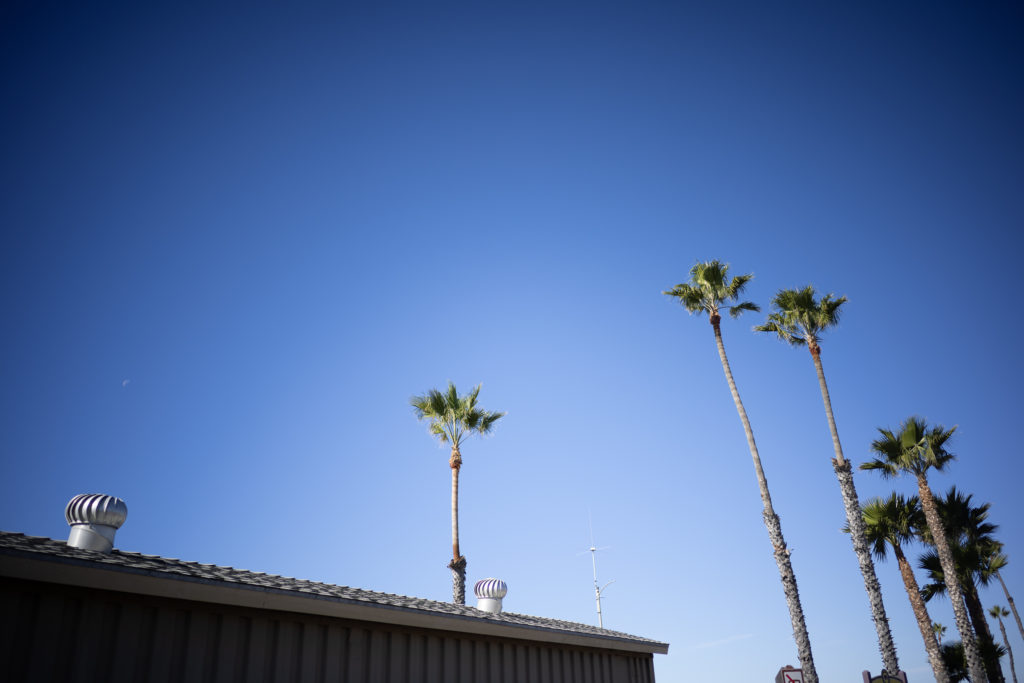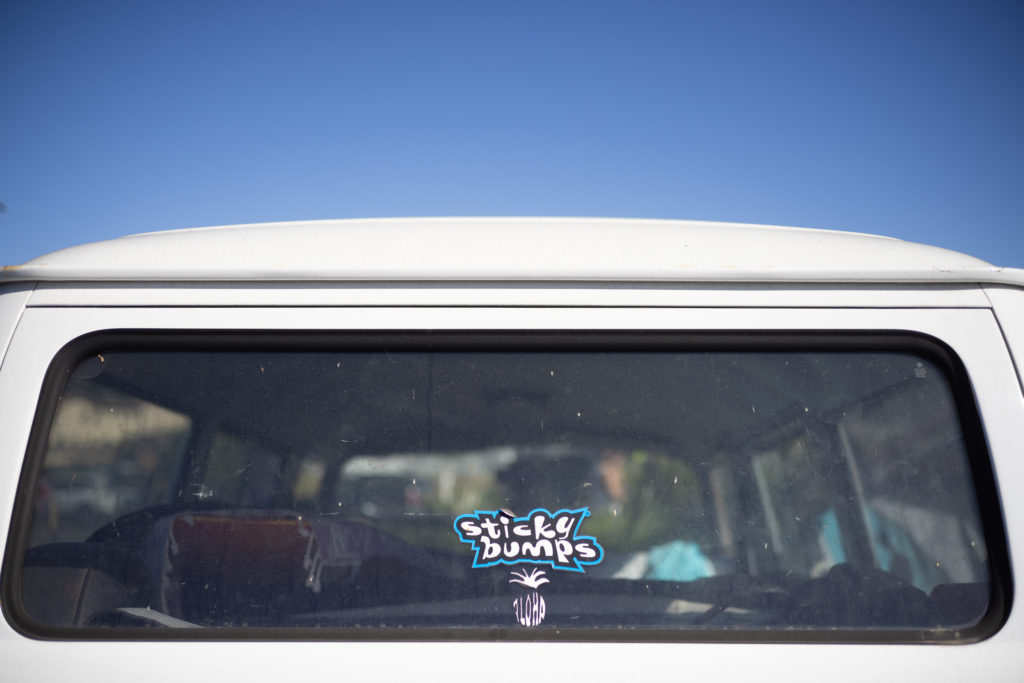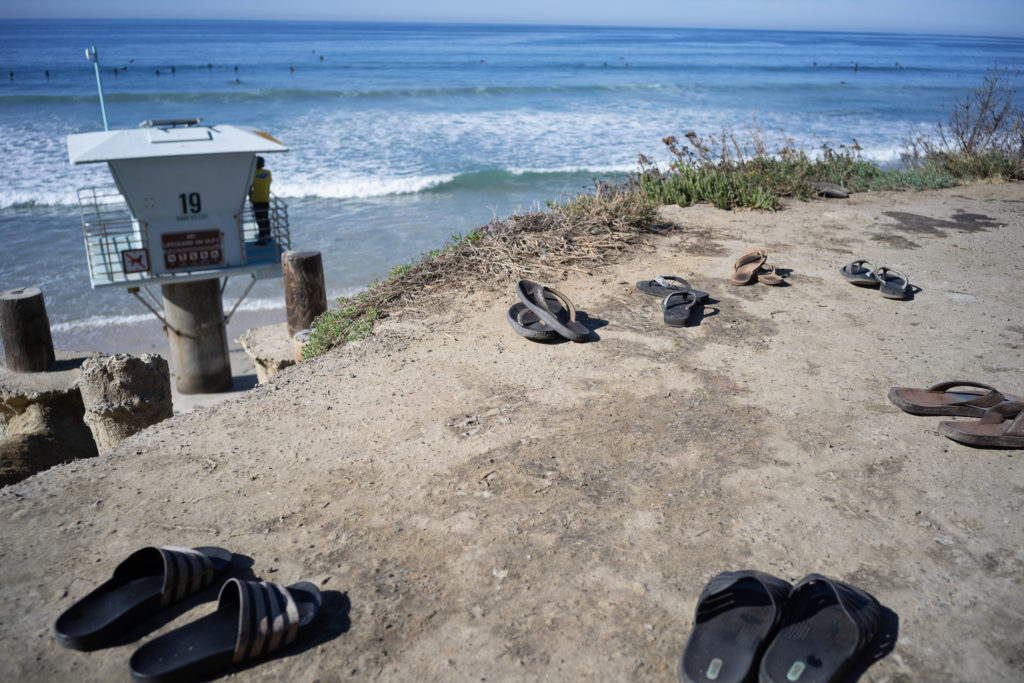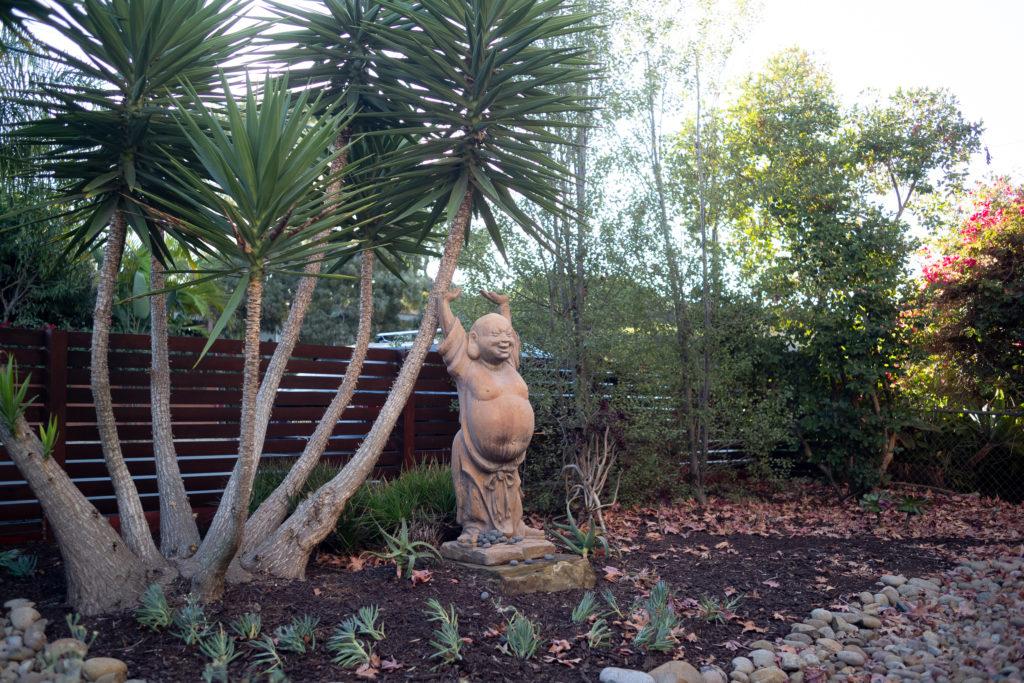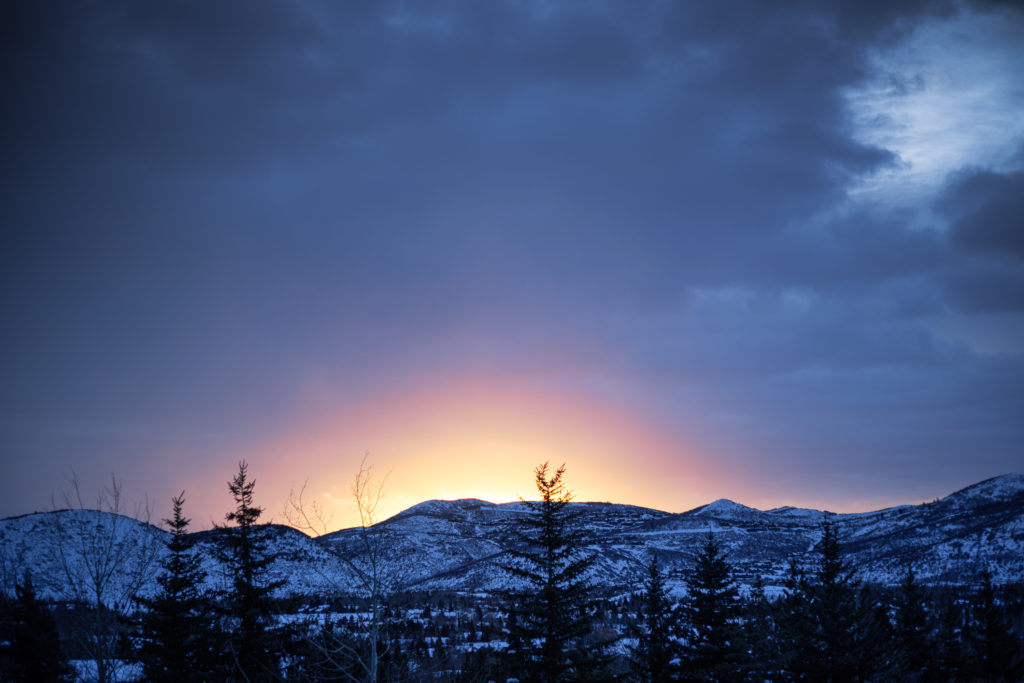After shooting Sony for 6 years, in late 2021, I switched to Canon for my commercial work. The first part of this article explains why I left Sony, why I didn’t go with a Leica SL, and why I ultimately decided to go back to Canon. Please feel free to skip the “Leaving Sony” section. Although it might be interesting background for some rangefinder lens aficionados considering a Canon mirrorless camera, it really has nothing to do with the main content of this article. The second part of the article considers using rangefinder lenses adapted to a Canon R5.
Leaving Sony
I started with Sony back in ~2014-15 with the original Sony Alpha camera. The tiny size was interesting because I was about to go to the Himalayas and wanted to pack light. Despite some big drawbacks of the early Sony bodies, unexpectedly, I got hooked on the EVF and never looked back. Around 2016 I switched from Canon to Sony for all of my commercial then proceeded to shot Sony commercially until late 2021.
During my Sony years, I was content but there were a few minor issues:
1. Shooting manual focus lenses was poor experience and many rangefinder lenses were unusable.
2. The Sony multi interface shoe was a pain point. I broke the little electrical contacts twice. One time it was on a flash trigger. The other time it was on a flash. This left me in a constant state of worry about the little pins so I was always carrying around extra flashes and triggers just in case one got damaged.
3. There is no native Lightroom tethering support for Sony cameras. I found a workaround with Tether Tools software but images always seemed to look better in Capture One when compared to Lightroom. This is only important because I prefer to use Lightroom rather than Capture One.
Other than those three minor issues, I was happy right up until I got a Panasonic S1 to shoot rangefinder lenses. Once I started shooting with the Panasonic, I realized I had a general dislike for the ergonomics of the Sony body. The larger and more robust Panasonic body was a welcome change.
As time went on, I reached for the Panasonic more and more and I grew tired of fiddling with the tiny Sony buttons and the tiny Sony grip. My distaste for Sony ergonomics reached a breaking point when I was required to shoot with gloves.
In late 2021, I learned I was about to start shooting cross country and downhill ski gear. A more fully weather-sealed camera with a bigger and more ergonomic footprint was now a requirement. The Sony A1 was a weather-sealed option but at a cost of $6400 per body, with only marginally improved ergonomics over the A7III and A7RIII, and my personal requirement of always bringing a spare body to every shoot (e.g. the A1 was nearly cost prohibitive), I decided to go back to Canon and purchased a Canon R5.
Image quality, autofocus speed, and everything else you hear about in most camera reviews had literally nothing to do with my decision. Weather sealing, ergonomics, tethering, and a robust flash hot shoe were my main considerations.
If you are wondering why I didn’t go with a Leica SL, SL2, or SL2-s – I tried. I really, really, tried. In fact, I annoyed half the internet during 2021 trying to find a way to make a Leica mirrorless camera work but, ultimately, I couldn’t make that purchase.
Leica mirrorless cameras are weather sealed and would also fix the ergonomic issues I have with Sony. Leica mirrorless, however, was not an option because:
- After doing a side-by-side autofocus comparison, my 4 year old Sony cameras and the Canon R5 were superior to the Leica offerings in 2021. I use autofocus ALOT for my commercial work so that was a deal breaker.
- Leica cameras do not have full compatibility with Profoto flashes.
- The Canon RF and newer Sony lenses are trending toward a smaller size while the Leica lenses (and their lens hoods) are larger and heavier than most everything else on the market. I can accept that the image quality from Leica is better but for what I do commercially, nobody cares enough for me to justify carrying around those beefcake Leica SL lenses and travel with those lenses would be a pain point. Finally, my back and legs very much care when I am asked to haul my gear up the side of a mountain. Oftentimes, at least for what I do, smaller is better even if it comes at a marginal decrease in performance.
- The L-mount alliance is a great idea but there are incompatibilities between Sigma, Panasonic, and Leica lenses and bodies and I didnt want to navigate those incompatibilities and idiosyncrasies.
The decision was made and I found myself holding a Canon R5. Now I had to determine if my rangefinder lenses would work acceptably well on the R5.
Using manual focus lenses on the R5 is uninspiring at best…
…and that is being generous. It is really pretty terrible.
You already know I disliked using manual focus lenses on the Sony bodies. I never wrote about it but using the manual focus lenses on the Panasonic S1 was a good experience. On the Panasonic S1, every time you started the camera the camera would check and see if you had the right focal length, the camera has excellent focus peaking that also works when zoomed in, the EVF is huge, and the S1 even gave you few options for how you wanted the zoom function to work. Importantly, when you half pressed the shutter button, the magnification feature was automatically turned off.
Unlike Panasonic, Canon seems to consider using adapted, vintage, and manual lenses an afterthought. The experience is as uninspiring and annoying as Sony. Here are my gripes with using manual focus lenses on the Canon R5.
- There is no reminder to switch the focal length at startup so IBIS works properly.
- Focusing peaking does not work when the image is magnified. Not only does it not work, it is not available at all. You read that right – when you magnify an image the focus peaking turns itself off.
- To get out of the magnified image screen you need to push the magnifying glass button twice. Pushing the shutter button does not reset the magnification. This doesn’t sound all that important but the constant zooming in and zooming out and stomping different buttons is a suboptimal shooting experience unless you are shooting garden gnomes and parked cars.
- Focus peaking isn’t sufficiently accurate to allow for critical focus when shooting at wide apertures and near focusing distances.
- There is a manual focusing assist tool that works with Canon RF lenses but is inactive with adapted lenses. This is regrettable. Nikon managed to enable a similar feature on the Nikon F6 in 2004 which worked with all legacy Nikon lenses.
If, somehow, Canon could make their focusing assist functionality work with adapted lenses or someone could make a chipped adapter to enable this function I would be much happier. For now, lets just say that the Canon R5 is not the my dream camera when it comes to using and focusing adapted vintage and manual focus lenses.
Theoretically, this may work.
It is generally accepted that rangefinder lenses have issues with many mirrorless cameras because of the sensor stack thickness. This was discussed previously. Theoretically, the R5 should have a fighting chance at working with rangefinder lenses given that it has a sensor thickness similar to the Leica SL2 (1). I found the following chart online.
- Leica M10-R 0.9mm (UV and IR filtration layers have been merged together, so even better than past M cameras)
- Leica SL2 1.2mm (same improvements as above)
- Nikon Z 1.1mm
- Canon R5/R6 (newer) 1.25mm
- Sigma fp 1.3mm
- Panasonic S 1.45mm
- Canon R/RP (older) 1.6mm
- Sony 2.0mm (although with the BSI sensors performance has been improved, I also found the original A7S to be the better than the rest so A7SIII might work well)
I have no way to confirm the validity of this information nor do I have any domain experience with digital sensors. These are all just numbers and terms I am regurgitating from the internet which suggest that a real-world test is in order.
A proof of concept walkabout
As discussed previously, issues with adapted rangefinder lenses on mirrorless cameras are most notable at 1) wider focal lengths 2) near infinity focus and 3) at open apertures. Therefore, the logical starting point for me to determine whether or not the R5 would tolerate rangefinder lenses, is to test a wide angle lens. At the time of testing, the only wide angle lens I had available to me was the Voigtlander Ultron Vintage 28mm f/2 ASPH so I used that.
Understanding that I was using the Voigtlander Ultron is critically important before you look at my sample images and try to draw conclusions. The Ultron vignettes very strongly at f/2 on all cameras I have tested including the M10. As I mention in my review, it is also good but not great at f/2. When evaluating the following images keep in mind that if you see a strong vignette or things look a bit wonky that is probably a factor related to the lens being shot wide open rather than an incompatibility with rangefinder lenses and the Canon R5.
The following sample images were obtained as RAW images, imported into Lightroom, then exported as JPEG’s. I applied no extra sharpening or corrections other than the native Lightroom import adjustments.
These images should be evaluated with an eye to identifying issues related to sensor stack thickness. Specifically, look for smearing on the periphery of the image. Please click on the images to see a larger resolution image. If you find yourself getting worked up about vignetting that it not the purpose of this exercise.
My conclusion at this point, based on a one day walkabout shooting a wide angle range finder lens on the Canon R5, is that these images are good enough for me to continue testing as do a side by side with the M10. A side by side with the M10 is what we really need to determine if rangefinder lenses are compatible with the Canon R5. I hope to have that done in the next few months. I am sufficiently satisfied that the R5 will work acceptably well with rangefinder lenses for my personal use. More testing will be needed before I can say that I would be using this camera with rangefinder lenses for commercial or more critical work.
In the following image, I placed some surfers on the periphery of this image to evaluate peripheral smudging. As you can see, smudging, if any, is minimal. Those surfers are looking sharp given that they are several hundred feet away. Here is the close crop followed by the full image. I didn’t record the aperture for this image but, given the vignetting, it was probably shot at about f/2.8
The following image of the three men looking at the ocean is taken wide open but not quite at infinity focus. The corners are not looking smudged at all to my eyes.
It is always difficult to shoot something at infinity and make sure that everything is in the same plane but I found a few cars. Check the periphery in the image below of the line of cars. The car on the right goes all the way to the edge and looks pretty good even on this, unsharpened, exported JPEG image, even if you zoom in. The image of the cars is shot somewhere between f/2.8 and f/4.
The following image is shot focusing at the top of the trees and at f/2. The near-ground roof is a bit unsharp but that is probably because it is in a totally different imaging plane and is much closer than the trees in the distance.
The next image is shot at near focusing distance at f/2.
Here are a few more surfers placed on the periphery of the image shot at infinity. By now you can probably identify the vignette and know that this was shot at or near wide open.
Another at near focus and wide aperture. I focused on the sandals in the middle of the image. I don’t believe the blurriness of the sandals in the near field and/or the plants in the far field is caused by sensor stack smudging. Even a 28mm lens shot at f/2 has a thin depth of field.
Conclusion and next step
To my eyes, this experiment went better than expected. I am happy with the results so far. This article, however, should be considered to be a proof of concept rather than a final assessment as to whether or not the Canon R5 is compatible with Leica and other rangefinder lenses.
My next steps are to do a side by side comparison between the R5 and the M10, compare the Voigtlander Ultron Vintage 28mm f/2 VM Type 2 ASPH to the Zeiss ZM Biogon 28mm f/2.8 to see if there are any differences related to lens design. Finally, I will go wider and test things with a Zeiss 25 mm f/2.8 Biogon ZM.
To get you started, the first image is with the Voigtlander Ultron 28mm ASPH on the Canon R5 and the second is with the same lens on an M10.
Below is the M10 image.
There are some differences between these two images (although I am sure pixel peepers will recoil in horror) but, to my eyes, the differences are at least somewhat less than heart attack inducing for most normal people. It is also important to note that the confounding variables of differences in exposure, Lightroom import processing differences, inherent camera processing differences, 50MP vs. 24MP sensors, are likely at play. To my normal eyes, given that peripheral smudging (e.g. the fault generally attributed to sensor stack thickness) is minimal it is difficult to say that differences related to sensor stack thickness are a primary culprit.
More soon when I compare rangefinder lens performance on the Canon R5 and the Leica M10…(2)
NOTES
1. Leica says there is a micro lens array to help optimize the SL series cameras for use with legacy lenses. I have no way of assessing what contribution the micro-lens array helps over just having a thin sensor. FWIW my Panasonic S1 Kolari Conversion did not have a micro-lens array and the images were excellent.
2. Unfortunately, winter is here and changing lenses back and forth on camera bodies in the freezing cold and wind is probably not the best idea. This might take a while.
ADDENDUM
From time to time I will update this page with additional images using different lenses.
Sunrise image below was shot using a 50mm Zeiss ZM Planar at infinity focus


